Roasted Vegetable Galette
We all have something that makes us tick. For some of us it’s an individual activity, item, or what have you, for others it’s combining a few favorite things in perfect harmony. The boy, for instance, gets his kicks from shooting at things, specifically deer, but he’s not too choosy. For me, there are several things I love, but there may be nothing I love more than when three of my favorite things marry themselves the last week of December: delicious food, beautiful things, and Christmas.
The Christmas fever starts for me around the second week of November. I resist the urge to break out the holiday tunes as long as possible, but I have yet to hold off until the socially-acceptable timing of post-Thanksgiving. It goes without saying (but I’ll say it anyway) that come the third week of December, this girl starts to get a bit intense. I bake constantly, shop frequently, decorate with reckless abandon, and partake in many a cup of cheer (hot chocolate and Bailey’s…obviously). When Christmas Eve rolls around, my family usually focuses on the stars of the show: cookies. However, this year we planned ahead and had a cookie-baking bonanza a couple of weeks ago. Left with excited hands and no need for additional baked goods, I searched for a recipe that would be fancy, beautiful, and yummy enough to be Christmas-worthy. As I’ve explained before, finding a recipe that pleases all of my family’s palates is no easy task, so I decided to combine a couple of recipes that had been in the back of my mind for months, but had yet to be played with.
A galette is basically a jazzed-up and beautified version of one of my favorite foods: pizza. A homemade pastry crust acts as the base, and curls up over the interior, the contents of which vary greatly from recipe-to-recipe. For my purposes, I chose a few of my favorite, non-dividing ingredients: tomatoes, potatoes, and pesto, with some leeks to support the flavors.
Roasted Vegetable Galette
Dough recipe from Smitten Kitchen’s “Zucchini and Ricotta Galette”, galette toppings adapted from Food and Wine’s “Roasted Vegetable Galette”
Serves 8
- 1 1/4 cups all-purpose flour, chilled in the freezer for 30 minutes
- 1/4 teaspoon salt
- 8 tablespoons (1 stick) cold unsalted butter, cut into pieces and chilled again
- 1/4 cup sour cream
- 2 teaspoons fresh lemon juice
- 1/4 cup ice water
- 4 plum tomatoes, halved lengthwise
- Salt and freshly ground pepper
- 3.5 tablespoons extra-virgin olive oil
- 2 leeks, white and tender green parts only, halved lengthwise and thinly sliced crosswise
- Six 1-ounce fingerling potatoes
- 1/2 tablespoon dried rosemary
- 1/4 cup pesto (I used store-bought because I was short on time and fresh basil, but here’s a good recipe if you’ve got time and ambition)
- 1/4 cup Parmesan
- 1 egg yolk beaten with 1 teaspoon water
If you’re like me, you may be a bit intimidated by making a pastry dough that will hold up as a main-course crust, but I’m here to tell you that you can do it, and you should. Start out by whisking together the flour and salt.
Crumble in the butter pieces, using the pastry blender to incorporate and break down the chunks. You’ll know you’re done when the butter pieces are either pea-sized or smaller. In a separate bowl, whisk together the wet ingredients, then add to the flour and butter mixture using a wooden spoon or spatula. Fold together the ingredients until the dough is still crumbly, yet workable. Pick up the dough and push into a ball, taking care not to overwork the dough. Wrap in plastic and put in the fridge for at least an hour.
Preheat the oven to 325 degrees. Arrange the tomatoes on a rimmed baking sheet coated with cooking spray. Drizzle 1 tablespoon of the olive oil on the tomatoes, and use a pastry brush to distribute evenly. Sprinkle sea salt and black pepper on each tomato half. Let them roast in the oven for an hour.
As the tomatoes are roasting, prepare the remaining vegetables. Slice the fingerling potatoes horizontally so you have small circles of potato. Place the slices in a bowl, add half a tablespoon of olive oil, and season with salt, pepper, and a half tablespoon of dried rosemary. Set aside.
Heat up 2 tablespoons of olive oil in a non-stick pan. Add the cleaned leeks and let them cook, stirring frequently, for about 15 minutes, until they have cooked down and become tender.
After the tomatoes have been in the oven for an hour, increase the oven temperature to 350-degrees, and add the potatoes. Cook together for another twenty minutes.
It’s time to assemble your galette! First, preheat the oven to 400 degrees. Take your dough out of the refrigerator, and place the ball on a large piece of parchment paper. Using a rolling-pin, roll out the dough so it reaches a 12-inch diameter. Spoon on the pesto, leaving a 2-inch border.
Cover the pesto with half of the Parmesan, then sprinkle on the leeks, and top with the remaining Parmesan. Layer the potato slices on top in a circular pattern, then top with the tomato halves, also in a circular pattern. Fold in the sides of the dough, creasing where needed, so it covers just the edge of the vegetables. Whisk together the egg and the water, and use a pastry brush to coat the dough with the egg wash. Carefully pick up the parchment paper and move the galette onto a pizza pan. Place in the oven for 30-40 minutes, until the crust is golden brown.
I was concerned that the heavy roasted vegetables would lead to a soggy crust, so I picked up my piece cautiously, cradling the tomatoes with care. To my happy surprise, the crust held the toppings strongly, and retained a buttery, crunchy, flaky texture throughout. Atop the buttery crust, the vegetables merged perfectly, with the light sweetness of the roasted tomatoes melting into the hearty bites of savory, rosemary-spiked potato.
The galette balanced out our Christmas feast, providing a lovely main course for my mom and I, and a welcome side dish to the turkey on the plates of the carnivores. The galette dough was so wonderful and perfect that I fully intend to use it in the future, playing around with fillings depending on the season.
It would be an injustice to ignore the beauty of this dish, so allow me a sentence to indulge into what makes me tick. The dish not only tasted delicious, but it looked impressive and beautiful, and the colors complemented the season in lip-licking glory. Okay, I’m done…for now.

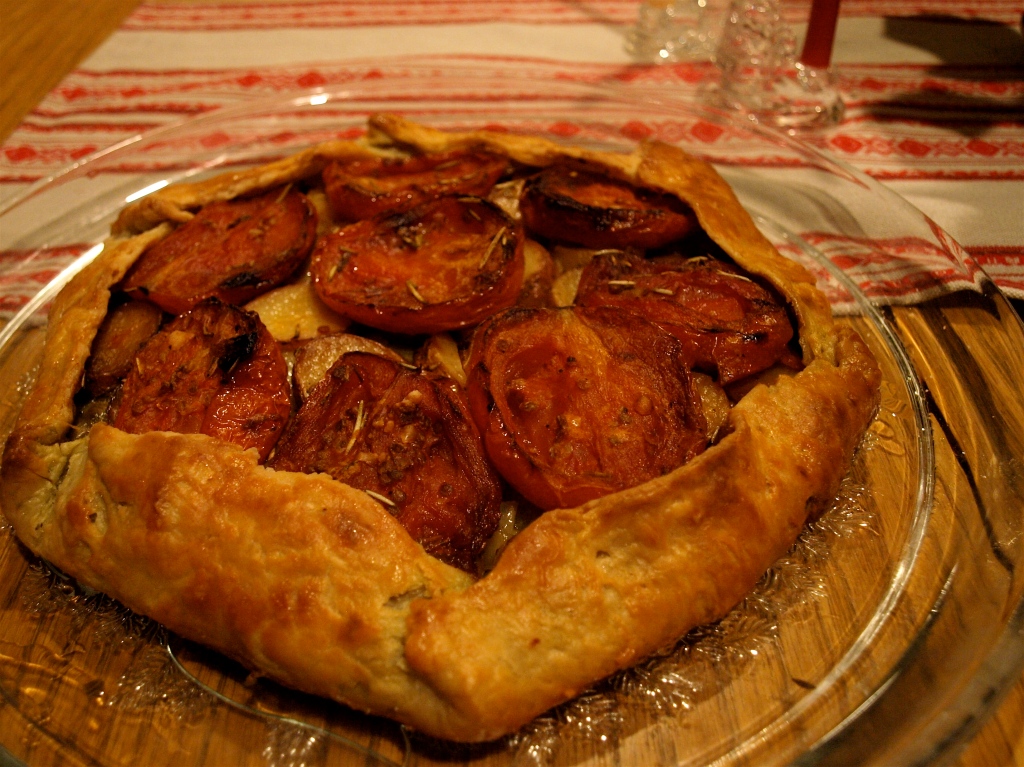
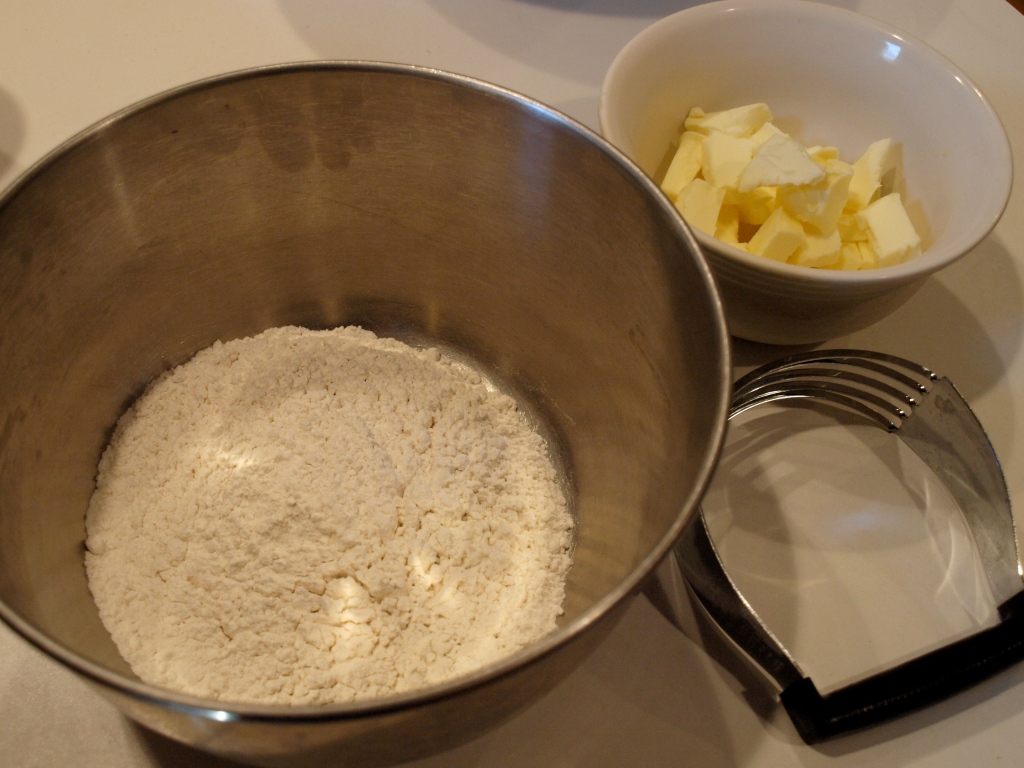
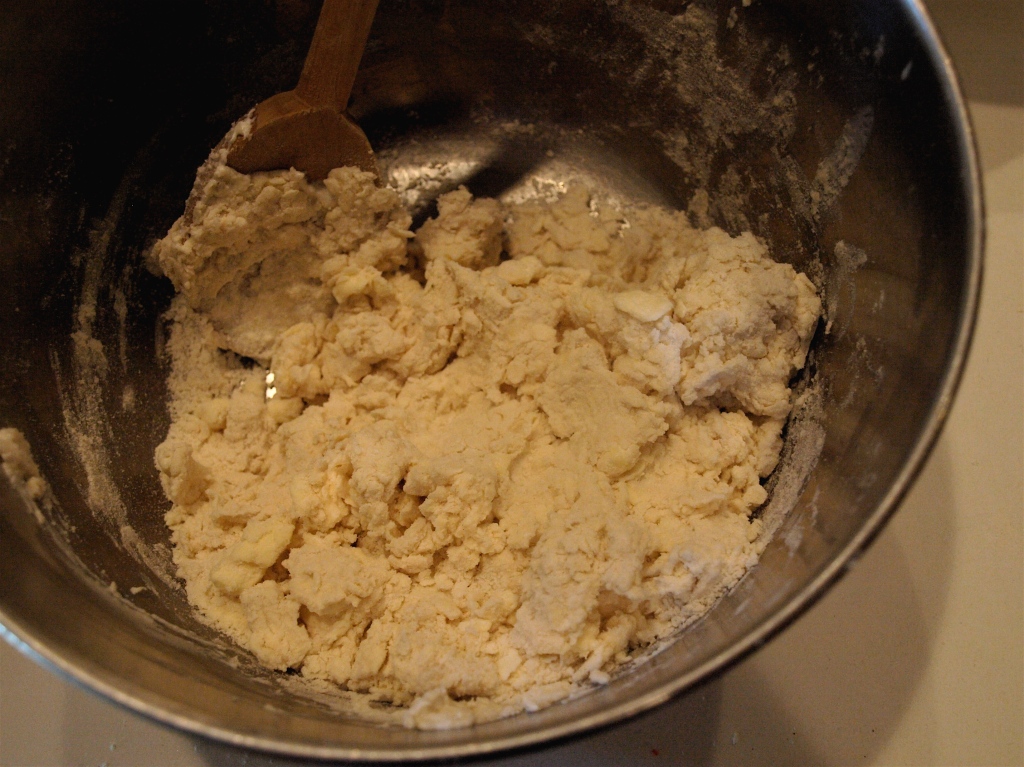

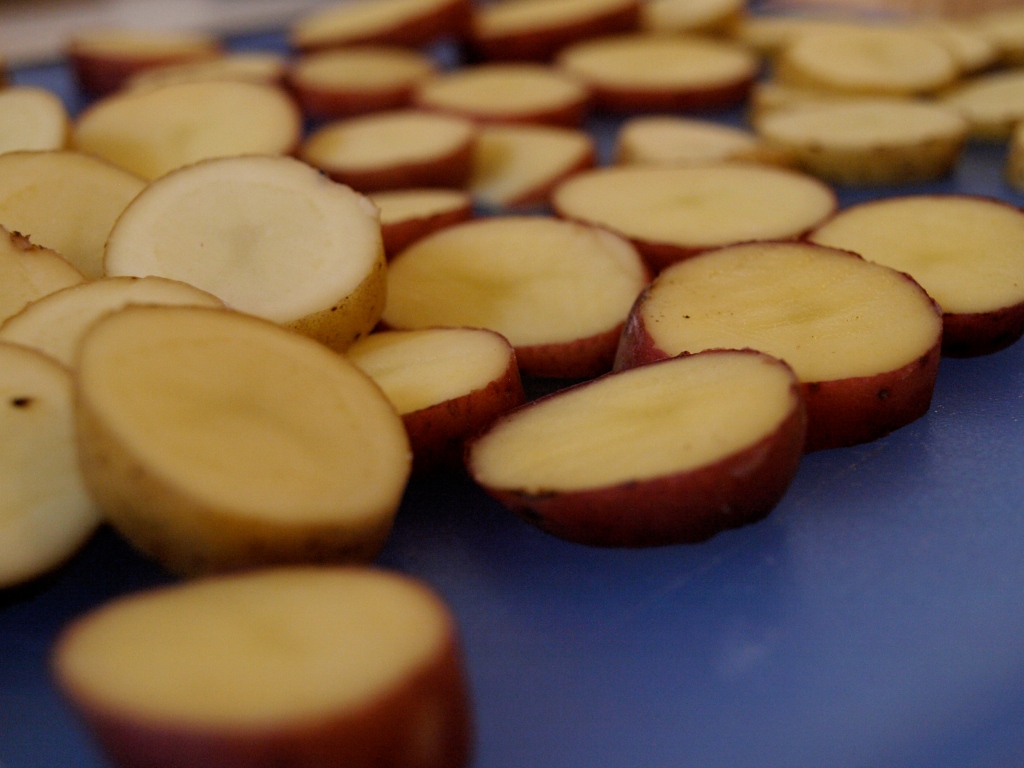
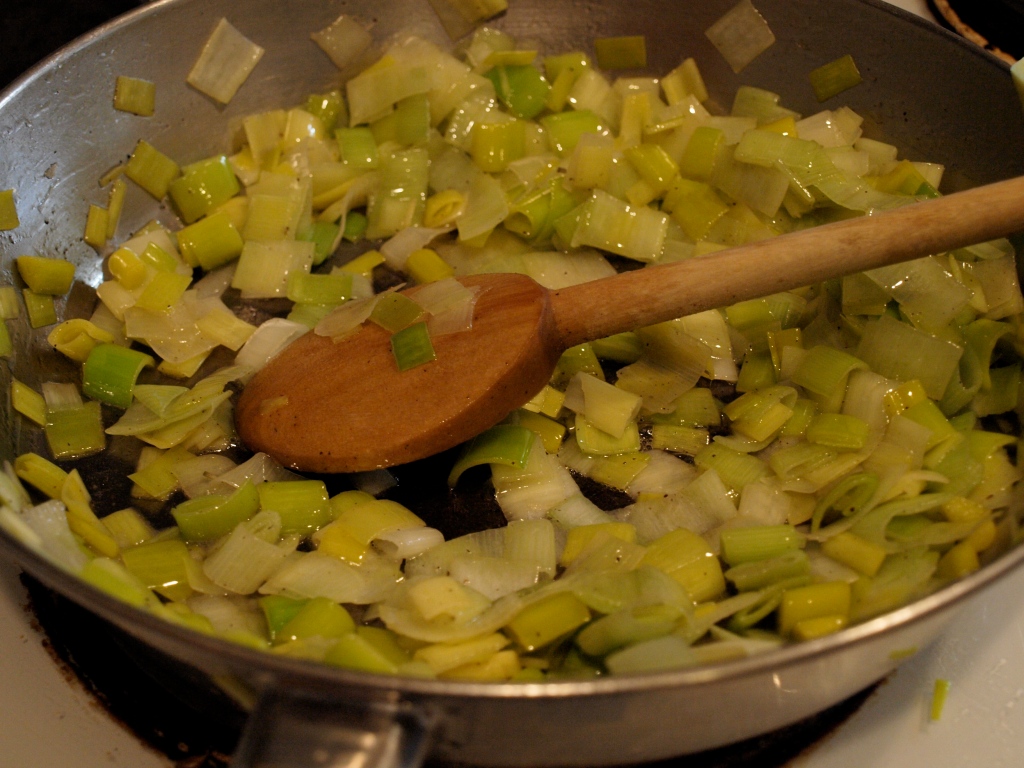
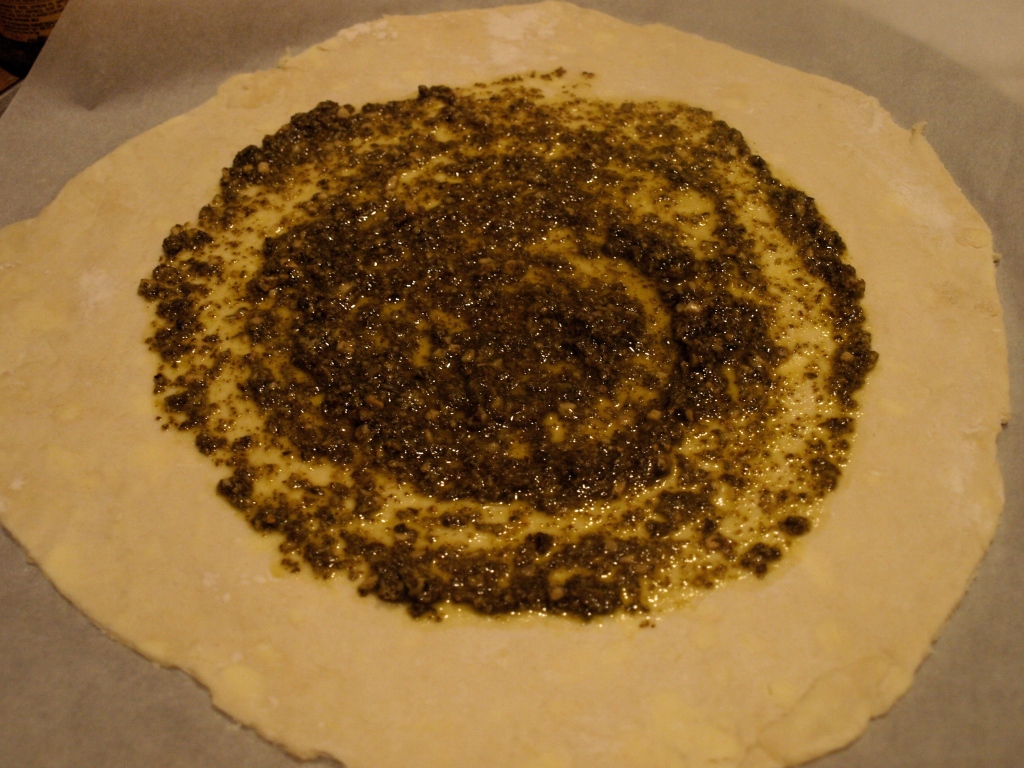
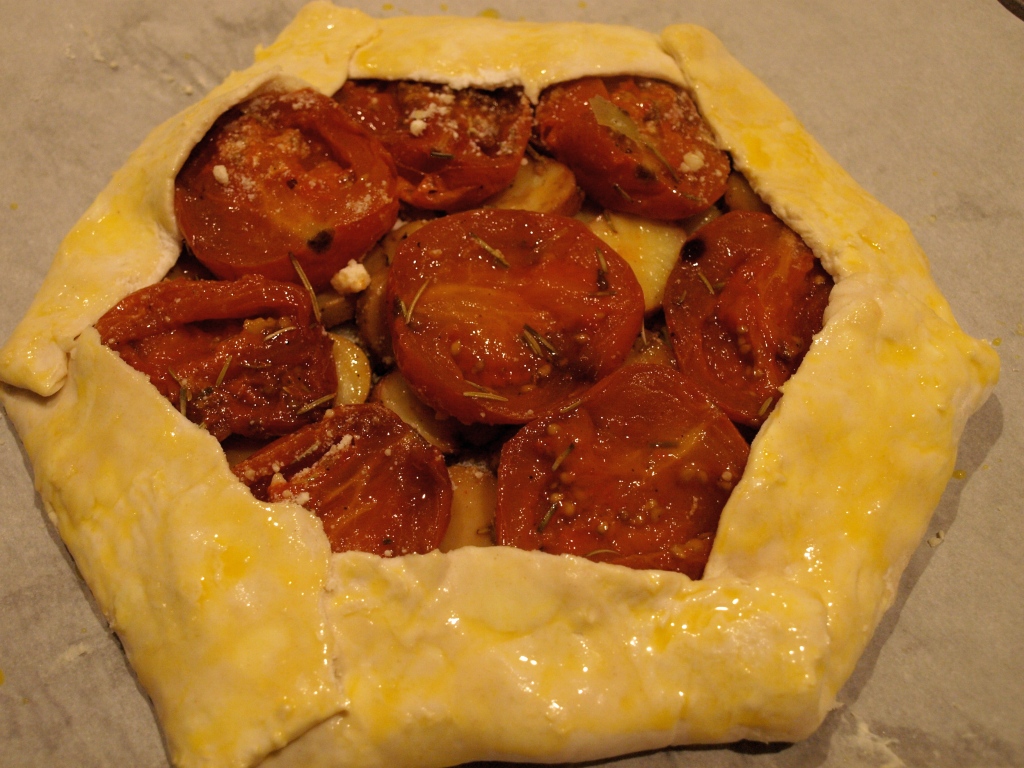
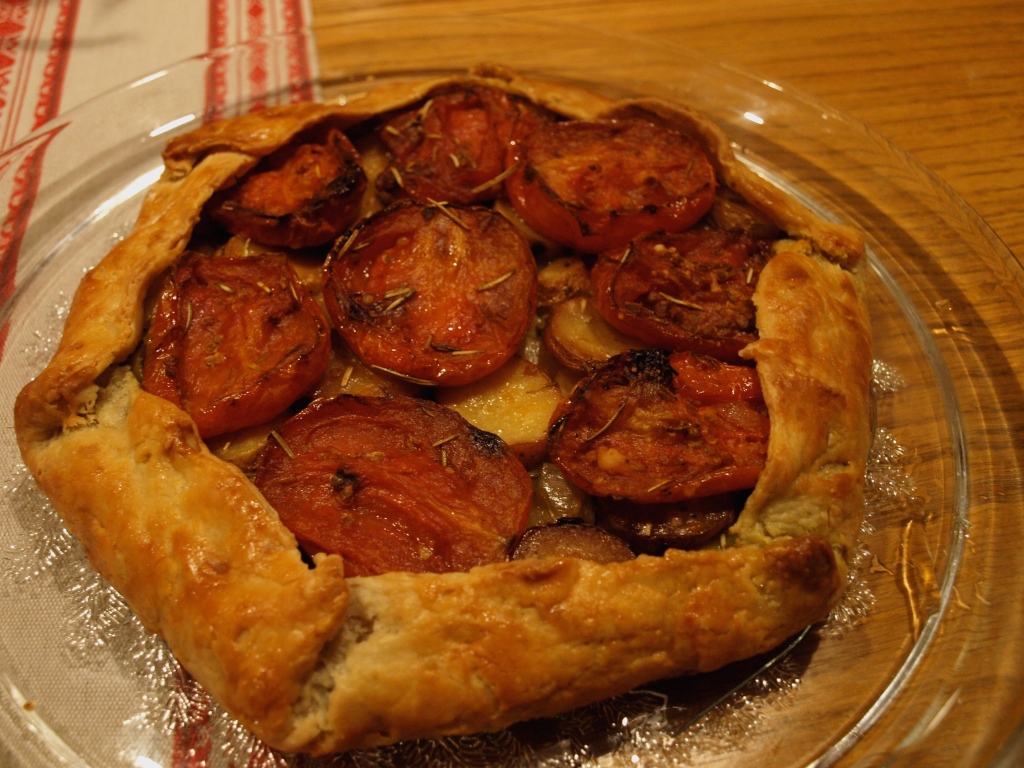
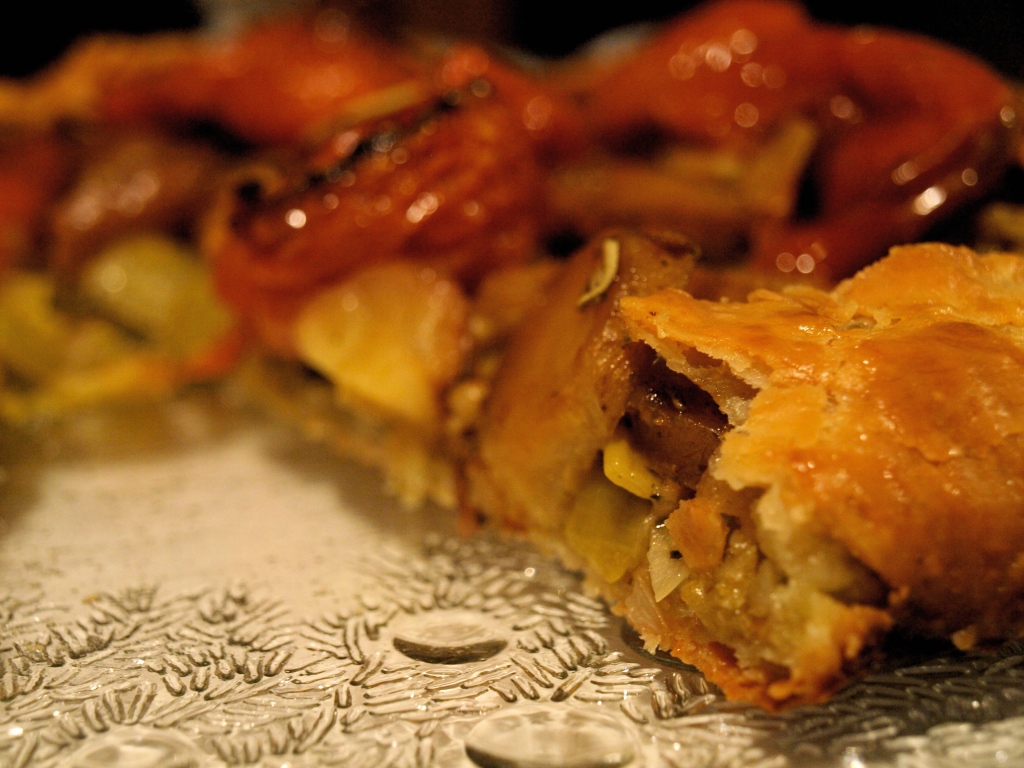

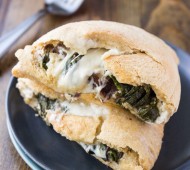
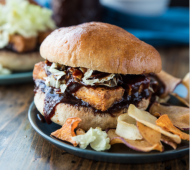
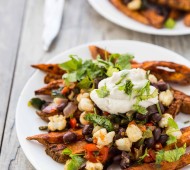











As one of the carnivores, let me confirm that this was, indeed, not only impressive but tasty. Well done!